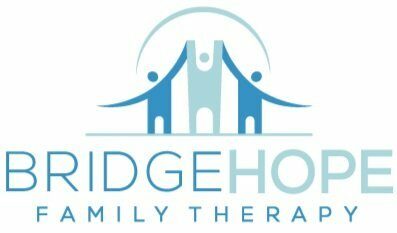EMDR vs. Hypnosis: What You Should Know
Within the last few decades, Eye movement desensitization reprocessing therapy, or EMDR therapy, has gained popularity for treating mental health conditions. It’s not uncommon for someone to confuse EMDR with hypnotherapy. Many people often feel as if both treatment methods are experimental or ineffective. Neither of those are true. Each has its benefits and ways of helping someone. However, it’s important to remember that the two have major differences.
If you’re asking yourself what is EMDR? You’re not alone. EMDR therapy is a treatment for trauma as well as depression, anxiety, and panic disorder, to name a few mental health conditions. EMDR therapy has been linked to helping those who have experienced something traumatic. This technique uses the patient’s rapid and rhythmic eye movements with the help of a therapist. It’s shown that the movements can help decrease the power of memories that may be emotionally charged due to previous traumatic events.
Some of the main goals and focuses include working to change the thoughts, behaviors, or emotions that occurred during the trauma. It can also allow your brain to go through a natural healing process.
EMDR therapy is an ongoing treatment process that involves eight phases.
- Gathering patient history and other relevant information is key to your healthcare provider determining if EMDR is likely to help you. It also involves discussing the events you want to focus on with therapy.
- Education and preparation. In this step, your healthcare provider or therapist will help explain EMDR sessions and what you can anticipate within them.
- Patient assessment. Your therapist helps you determine what themes in memories you want to work on during EMDR.
- Reprocessing and desensitization. This is when your therapist will activate the memory you’re focusing on. You will identify one or more specific negative thoughts, feelings, body sensations, or even images.
- Installation. In this phase, you’re focused on being positive about the belief you’re trying to build while processing the memory.
- Body scan. Here, you’re going to focus on how you feel in your body. This will mainly be any symptoms you might feel as you think about the negative memory experience.
- Closure and stabilization. In this step, you’ll talk with your therapist about what to expect between sessions. The therapist will also discuss how to handle and process negative thoughts between sessions.
- Reevaluation and continuing care. During this step, you’ll talk to your therapist about your progress and how you’re currently feeling. This is when you’ll determine if you need additional sessions, and they will help you explore feelings you may have in the future. They will also help you figure out how you would like to handle things when they occur.
What Is Hypnosis?
In many cases, hypnotherapy is used alongside other forms of medical or psychological treatment. It can be used to treat substance abuse, bad habits, mood disorders, anxiety, panic attacks, or PTSD. Also, it helps with pain management or medical concerns, including skin conditions, gastrointestinal issues, or auto-immune disorders. It is also effective for helping people with problems such as weight loss or smoking.
Many people believe that hypnosis means you are not aware of what is going on, but that couldn’t be further from the truth. In clinical hypnotherapy, the patient is in a therapeutic and calm environment. The therapist helps guide the patient to a focused and relaxed state by using soothing imagery and verbal repetition. Once in this state, the therapist can help guide the patient through a problem by releasing problematic thoughts and responses.
The goal will be to help consider and possibly accept suggested alternatives before having the patient return to normal. When the patient returns to normal, the therapist and patient will discuss what was said, felt, and heard to prepare an action plan.
EMDR Utah
As a clinician who has been trained in EMDR, I have seen it benefit people with varying mental health conditions and upbringings. EMDR is an excellent treatment intervention. Reach out if you want to learn more about the benefits of EMDR therapy or talk with someone trained to do EMDR today.




